The best microphones for streaming, podcasting, and more in 2025
What’s the best microphone? Comparisons can be tough. Check out our guide to the best microphones for YouTube, podcasting and streaming.

High-quality audio is essential for great content, and people now know what ‘good’ and ‘bad’ sound like. Here’s how to get the perfect microphone for your streaming, YouTube, and podcasting needs in 2025.
Check out our video with Epidemic Sound ambassador ZY Cheng below, then keep reading for all the nitty-gritty details.
Today, we’ll discuss:
- How do you choose a microphone?
- The different types of microphone
- Dynamic vs. condenser microphones
- Microphone polar patterns
- How much does a good microphone cost?
- Microphones for YouTube
- Microphones for streamers
- Microphones for podcasting
How do I choose a microphone?
Choosing a microphone can be daunting. There are a bunch of variables floating around that should be considered. What’s your budget? How often will you use it? Do you have the necessary add-ons – audio interface, pop filter, boom stand – to get it up and running? In which medium will you use it?
Take your time, do your research, and ask around. There’s no harm in spending longer than usual researching a particular microphone. After all, it’s going to play a vital part in your content – you should be happy with it!
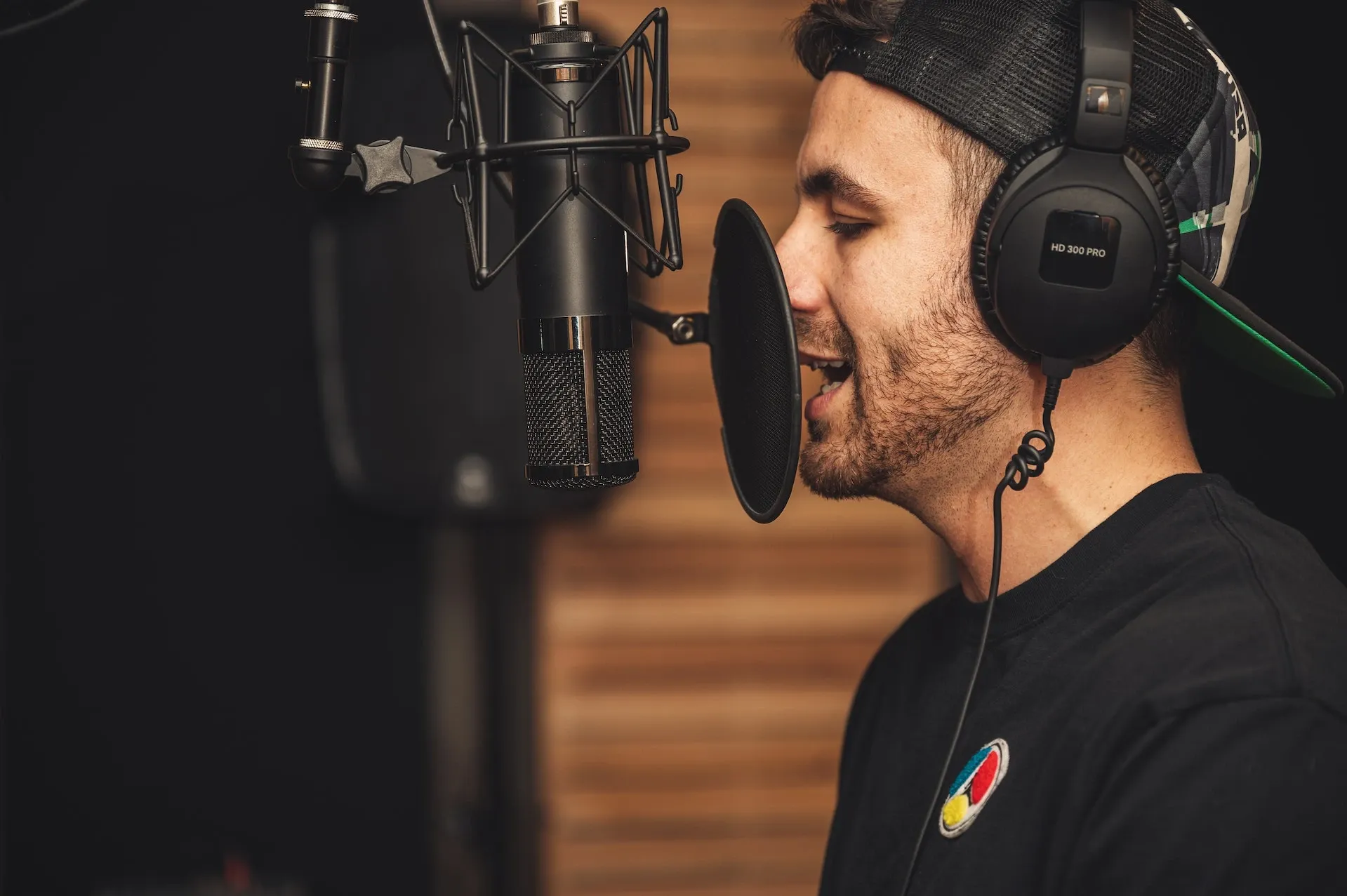
What are the different types of microphones?
There are three main types of mic that people often discuss. Knowing what they’re called and how they work will make it easier for you to pick the best microphone for your content.
Dynamic microphones
Dynamic microphones use magnets to turn sound waves into voltage. These mics are often used when the sound source is fairly loud, like a live gig, and need to be placed near the source.
They’re less prone to distortion and overloading, and produce minimal handling noise. For these reasons, you’ll often find dynamic microphones used in everything from podcast recordings to radio stations, and concert halls to live-streaming sessions.
Dynamic microphones are usually cheaper and don’t always require external power, meaning you can pick up an affordable USB model without breaking the bank. That doesn’t mean they’re bad, though – you can still achieve great recordings with them.
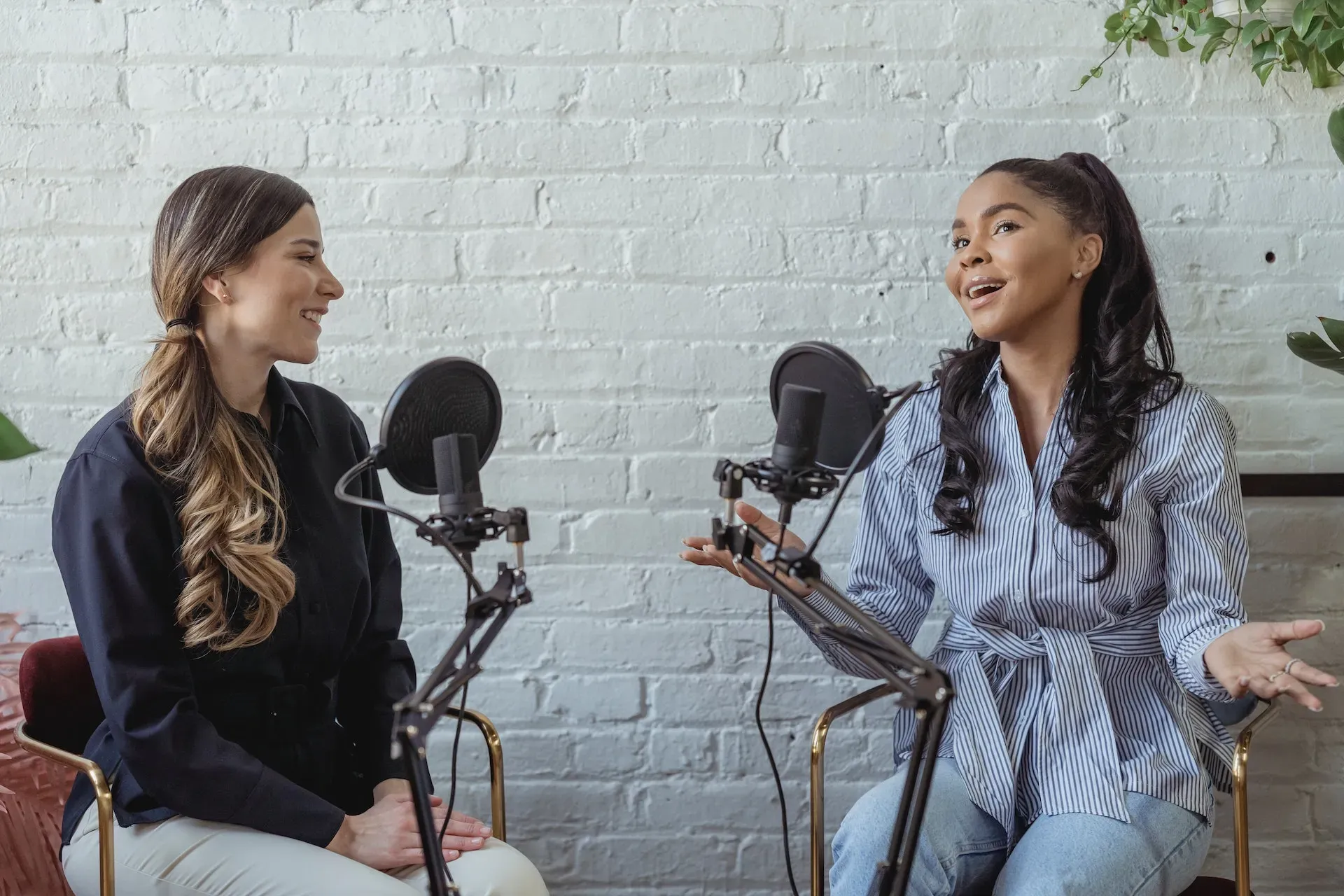
Condenser microphones
Condenser mics work as a battery, essentially. They convert the vibrations from sound waves into electrical current, meaning they’ll often need a phantom power source – like an audio interface – to operate.
These microphones are perfect for voiceover work and higher-budget productions, as they do a better job when differentiating tone and amplitude. However, they’re much more sensitive, meaning any bumps or knocks will definitely be heard. You can get around this problem with a shock mount, which uses elastic bands to keep the area around the mic nice and tight.
Ribbon microphones
Ribbon microphones capture sound waves with a thin, delicate sheet of metal encased within the mic. They’re super fragile and susceptible to background noise, so must be used in a controlled, ideally studio environment — they're not ideal for on-the-fly recordings like vox pops.
Ribbon microphones best replicate the sounds we hear in everyday life. They have a cozy, vintage tone, and can capture high-end, harsher noises like brass or snare drums without distorting or sounding ‘off.’

Which microphone is better: dynamic or condenser?
Both dynamic and condenser microphones have their pros and cons. Let’s run through them below:
- Fragility: Dynamic mics are generally sturdier than condensers. You can buy more robust condenser microphones, but they usually come with a higher price tag.
- Power supply: You can pick up a range of plug-and-play dynamic microphones that run via USB. Condenser microphones will often need a power supply, but so do active dynamic mics – ‘active’ meaning their internal electronics require phantom power to work.
- Detail: Generally, condenser mics pick up more nuance than their dynamic counterparts.
- Ease of use: Dynamic mics are usually easier to set up. If you’re a beginner and are trying to work out a condenser microphone, you might struggle. For example, if you’re just getting started, you’ll be able to hit higher volumes with a dynamic mic without distortion, while a condenser will require more customization.
You can get by with a cheap, decent dynamic microphone, depending on what you’re creating. However, you might want to reconsider if you’re making content that places a heavy emphasis on what you’re saying.
Another thing you should think about is the music. With Epidemic Sound, you have access to more than 50,000 tracks and 200,000 unique sound effects. Whatever the mood, we’ve got you covered – check out the catalog below.

What is a microphone polar pattern?
When people talk about a microphone polar pattern, they mean the space around the microphone that picks up sound. Different microphones have different polar patterns, meaning they receive sound in different ways. Here are the three main polar patterns:
- Cardioid: This picks up sound in a heart-shaped pattern at the front of the mic. If things are happening behind the microphone, they won’t really be noticeable.
- Omnidirectional: These pick up sound in a 360-degree pattern. This means that noises from all angles will be registered equally.
- Bidirectional: This creates a ‘figure of eight’ area, capturing sound in front of and behind the mic. Sound from the sides is filtered out.
It’s worth noting what kind of polar pattern a microphone has before buying it. For example, if you’re recording an audiobook on your own, you’d probably go for a cardioid microphone, as you’re only concerned with capturing spoken audio from one direction.
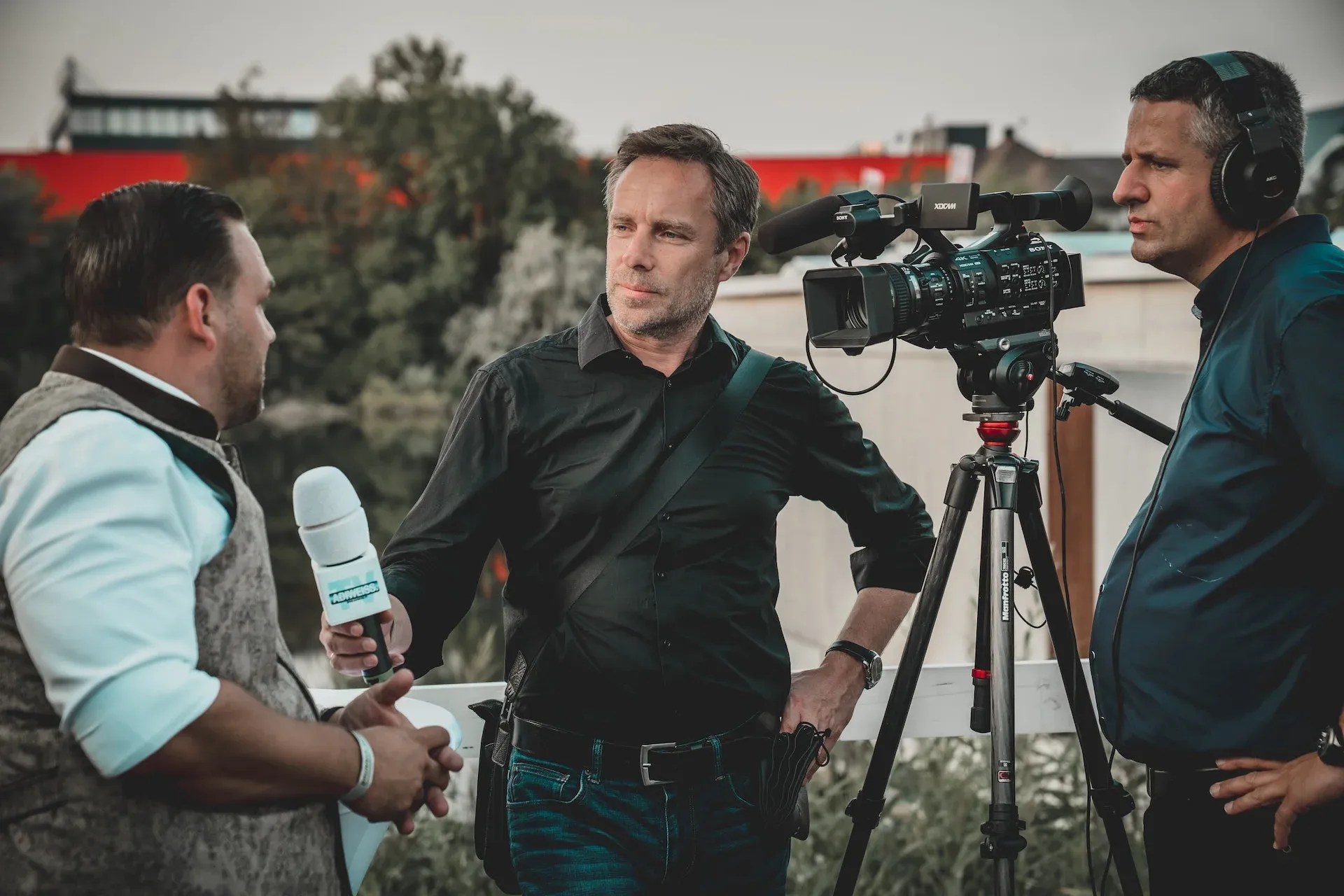
How much is a good microphone?
There’s no right or wrong answer to this question, and throughout this article, we’ll try and suggest the right microphone for your needs.
As a rule of thumb, like with most tech, buy what your budget allows. If you need to save until you can get your dream microphone, do that. If you’re happy buying a cheaper model and experimenting, have at it.
Generally, you're looking to spend a few hundred bucks before your microphone starts pushing into the quality you'll hear from professional podcasters, YouTubers, and streamers.
What microphones do YouTubers use?
YouTube is no longer a playground – people make money and earn a living there. Getting a solid microphone and ensuring your content sounds good is essential. Here are two to get you started.

On a budget: Audio-Technica AT2005USB
Cardioid, dynamic, and coming in under $80? Nope, you’re not dreaming – the AT2005USB is one of the more affordable mics out there that’s actually worth buying. It’s compatible with either USB or an audio interface, the latter of which can help iron out any background noises that might pop up. Sure, it’s not the best microphone on this list, but if you’re starting out, you could do a whole lot worse. Dig into the AT2005USB here.
Splashing out: HyperX QuadCast S
Retailing at $159.99, the Quadcast S is one of those microphones you’ll see cropping up here, there, and everywhere on YouTube. Why? Well, first of all, it just looks cool. This multi-pattern, cardioid microphone boasts that eye-catching LED lighting, the set-up’s plug-and-play, and it offers a surprising level of clarity for the price. Read more about the QuadCast S here.
What mic do most streamers use?
Microphone quality can often be forgiven during streams – after all, part of the fun is that it’s off-the cuff, live, and unpredictable. However, your viewers should still be able to hear what you’re saying, and there are some pretty good mics out there with reasonable price points. Let’s check out a couple of them.
On a budget: Blue Yeti USB
OK, it looks great. The stand’s built-in. The quality is noticeably good for a USB-powered, $90 condenser microphone. Its party trick, though, is the polar pattern: it can flit between cardioid, bidirectional and omnidirectional depending on what vibe you’re after. Not bad for under a hundred bucks! Check out the Blue Yeti USB here.
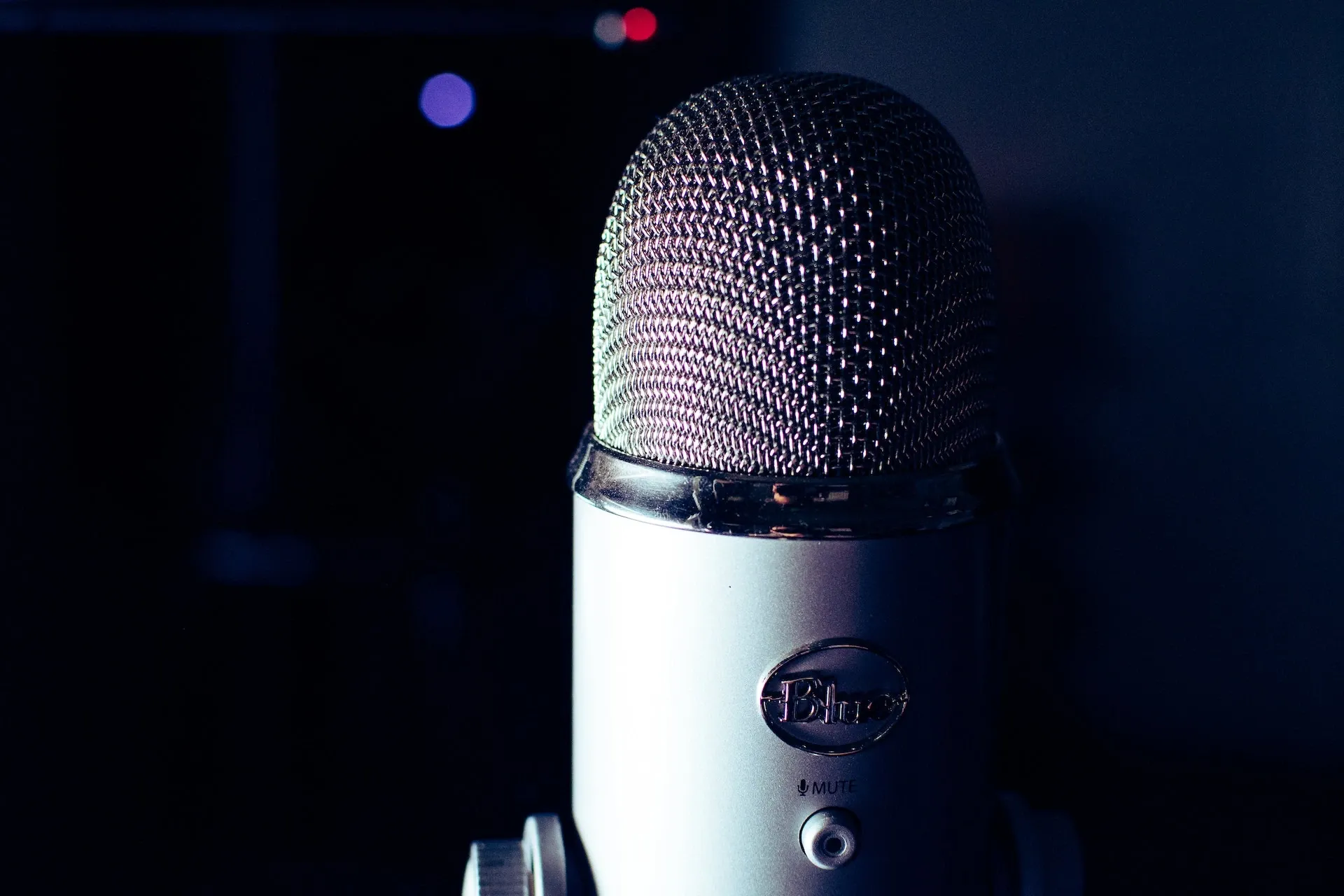
Splashing out: Shure MV7
We’ll mention Shure again later, but for now, here’s the MV7. This dynamic, cardioid mic comes in at around $249, and you’re not being short-changed. It can be powered by USB or an audio interface, there are touch controls you can adjust while recording, and it even has its own customizable app. Read more about the Shure MV7 here.
What microphones do podcasters use?
Podcasting is big business nowadays. If you want to get ahead of the pack, you can start by snagging yourself a mic that’ll do your content justice. Here are a couple of our selections.
On a budget: Rode PodMic
You can pick this puppy up for $99.99, and it’s a treat. It’s a dynamic, cardioid microphone that requires an audio interface, but don’t let that put you off. The PodMic is user-friendly, eye-candy for any video podcast, and ideal for creators who click-clack on their keys during recording – it does a fantastic job at scrubbing out background noise. Read up on the Rode PodMic and browse purchase options here.
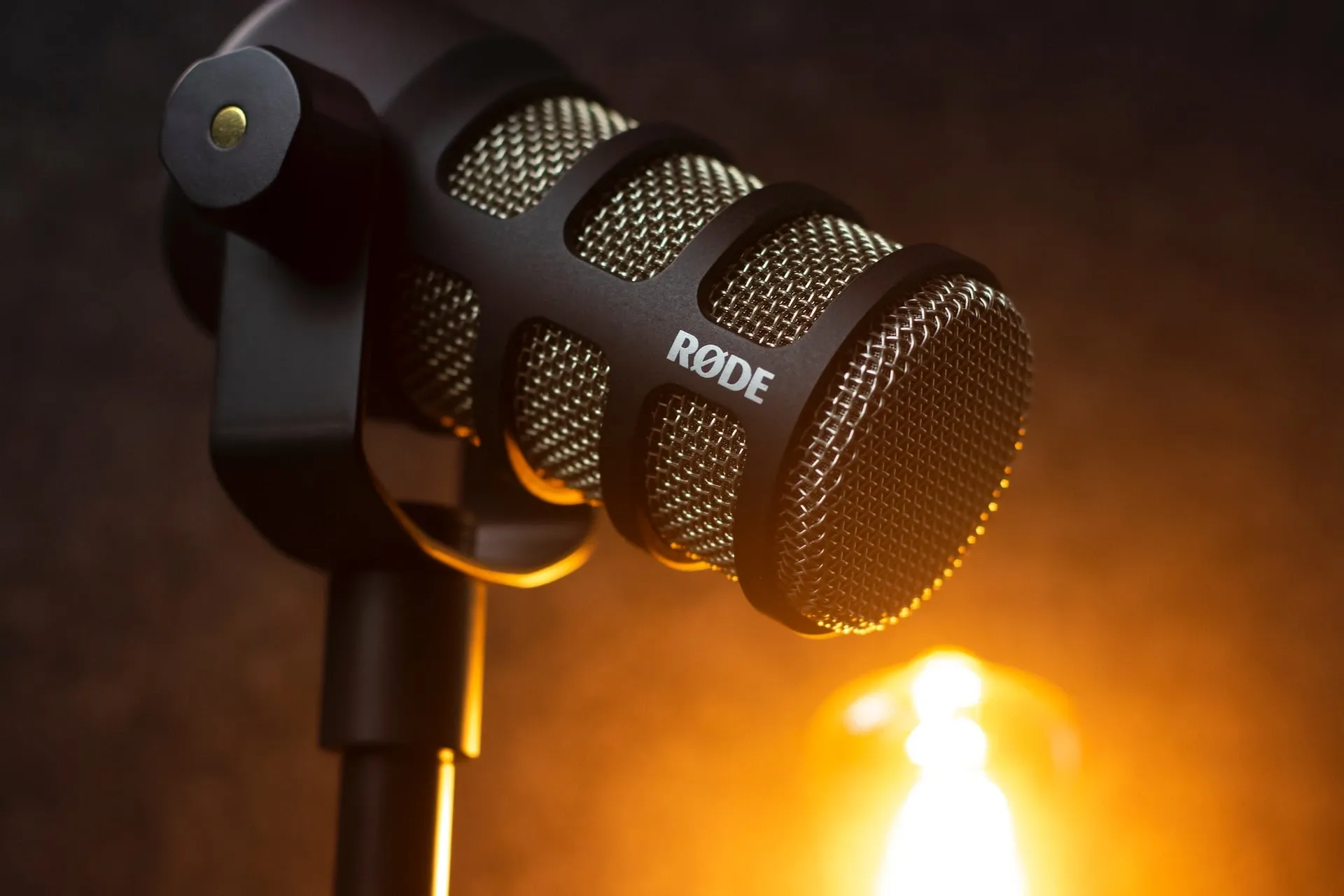
Splashing out: Shure SM7B
You’ve probably heard that little album, Thriller. It sold a few copies. Turns out Michael Jackson used a Shure SM7 to record the vocals on that record. The new, improved version is available for a reasonable $399, and you’ll see podcasters using it all the time – it’s the podcasting mic.
Like the MV7, it’s a dynamic, cardioid microphone, but can only be powered with an audio interface. Quality-wise, it’s flawless. Best in the game. Recording with a Shure SM7B will trick listeners into thinking you’re sitting next to them – check it out here.
Once you’ve bought your microphone, it’s time to start thinking about music. Most video content you shoot will require a soundtrack, and securing the necessary rights and licenses can be a pain. Let us help you out there.
Our catalog is high-quality, affordable, and safe. An Epidemic Sound subscription goes beyond royalty-free music, removing the headache of licensing and freeing you up to do what you do best. You can enjoy the safety of our license hand-in-hand with our massive catalog of 50,000 tracks, covering just about every genre you can think of. You’ll also gain unlimited access to our advanced search functions — finding the right sound’s never been easier.
It’s better than royalty-free. It’s worry-free. Get started with Epidemic Sound below.

Related posts:

